Celebrating
Black History
African American Pioneers in The Architectural Field
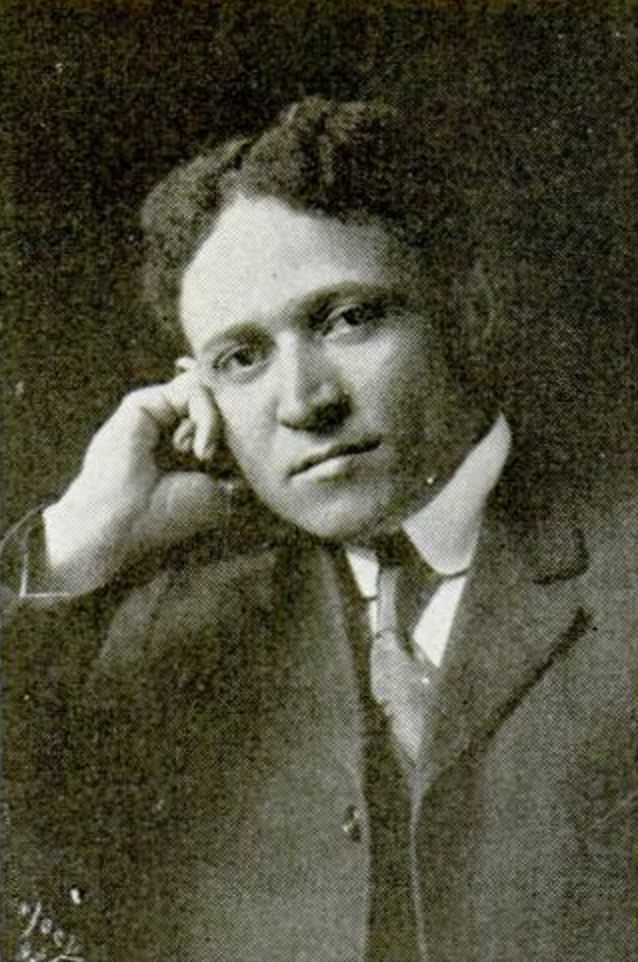
William Sidney Pittman
1875–1958Born to a formerly enslaved person in Montgomery, Alabama, Pittman studied architectural drawing at the Tuskegee Institute. A scholarship sent him to the all-white Drexel Institute in Philadelphia, where he completed an architectural degree. From there, he returned to Tuskegee to teach and design buildings for a campus expansion. He then moved to Washington, D.C., where he established his own practice, designed many of the city's prominent buildings, and married Portia Washington, the daughter of Booker T. Washington. Some of his most important commissions include the Fairmount Heights housing development for Black people in Maryland; the Negro Building at the Tercentennial Exposition at Jamestown, Virginia, in 1907; and the Colored Carnegie Library of Houston.
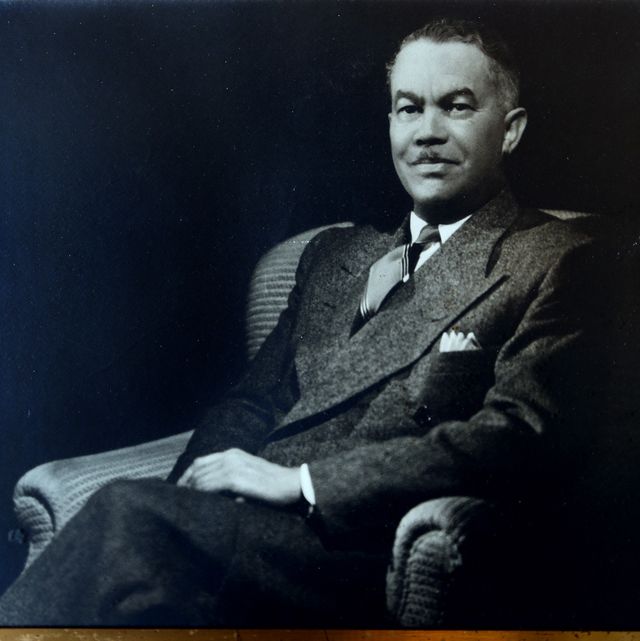
Paul Revere Williams
1894–1980Despite being discouraged from pursuing architecture at Los Angeles' Polytechnic High School due to his race, Williams sought architectural education along with professional experience at some of the city's top firms in the early 20th century. By 1921, he was licensed as an architect in California, and in 1923, he became the first Black member of the American Institute of Architects. Williams's versatile style left an indelible mark on L.A.'s booming built environment during the 20th century. He became known as “Hollywood's architect,” having designed homes for Cary Grant, Lucille Ball, and Frank Sinatra, to name a few. He also designed commercial and civic buildings throughout the city and country, including the Crescent Wing of the Beverly Hills Hotel, the Golden State Life Insurance Building, and St. Jude Children's Research Hospital in Memphis, his parents' hometown. In 2017, Williams was posthumously awarded the AIA Gold Medal, making him the first Black American to receive the award
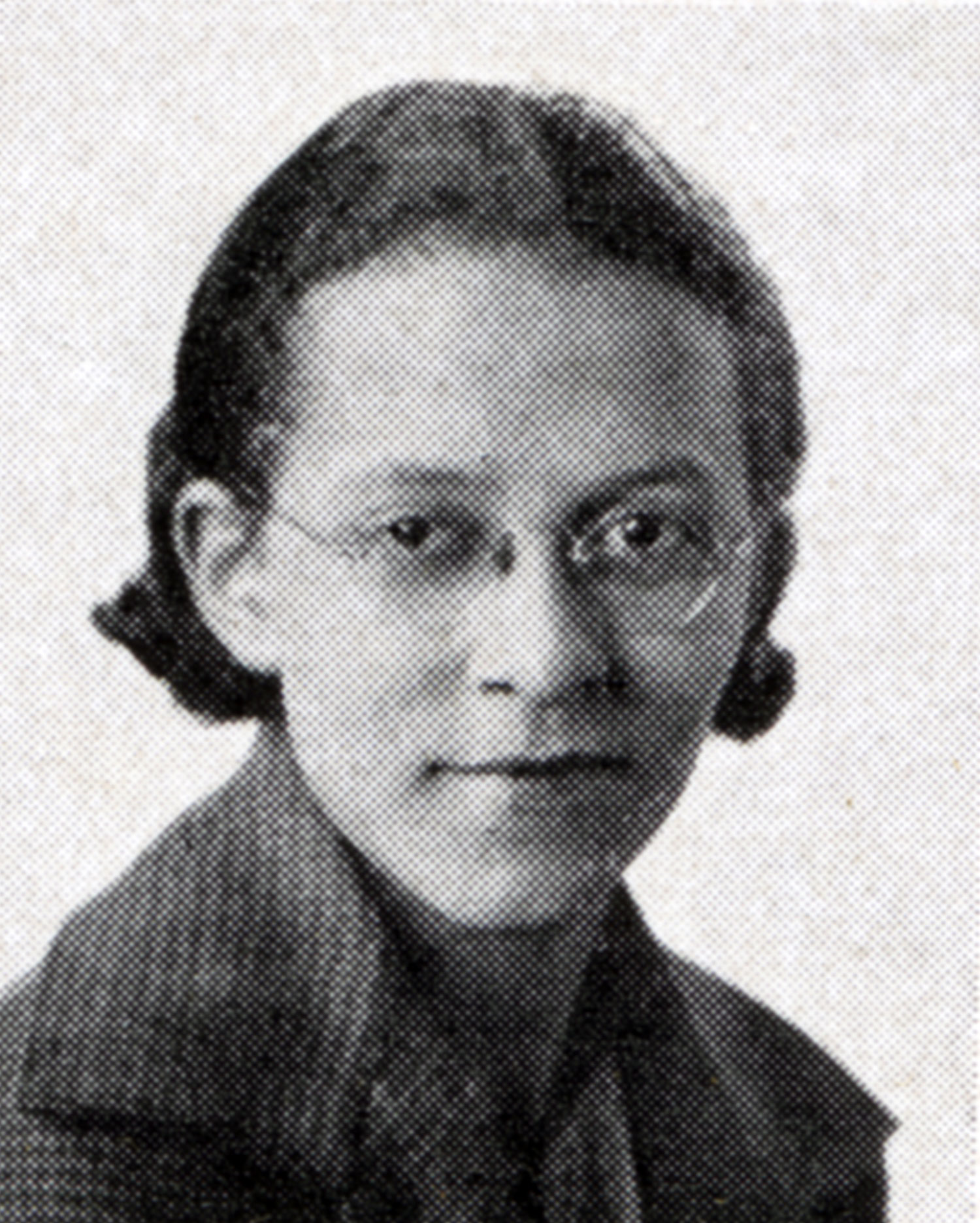
Beverly Loraine Greene
1915–1957Greene is believed to be the first Black woman licensed as an architect in the United States (Illinois, 1942). After graduating from the University of Illinois at Urbana-Champaign, where she was the first African-American woman to earn a degree in architectural engineering, she earned a Master's in City Planning and Housing. After working for the Chicago Housing Department, Greene moved to New York City, where she received a Master's in Architecture from Columbia University in 1945. Her list of work includes the theater at the University of Arkansas, Arts Complex at Sarah Lawrence College, buildings for the University Heights Campus of New York University, and the UNESCO United Nations Headquarters in Paris (shown).
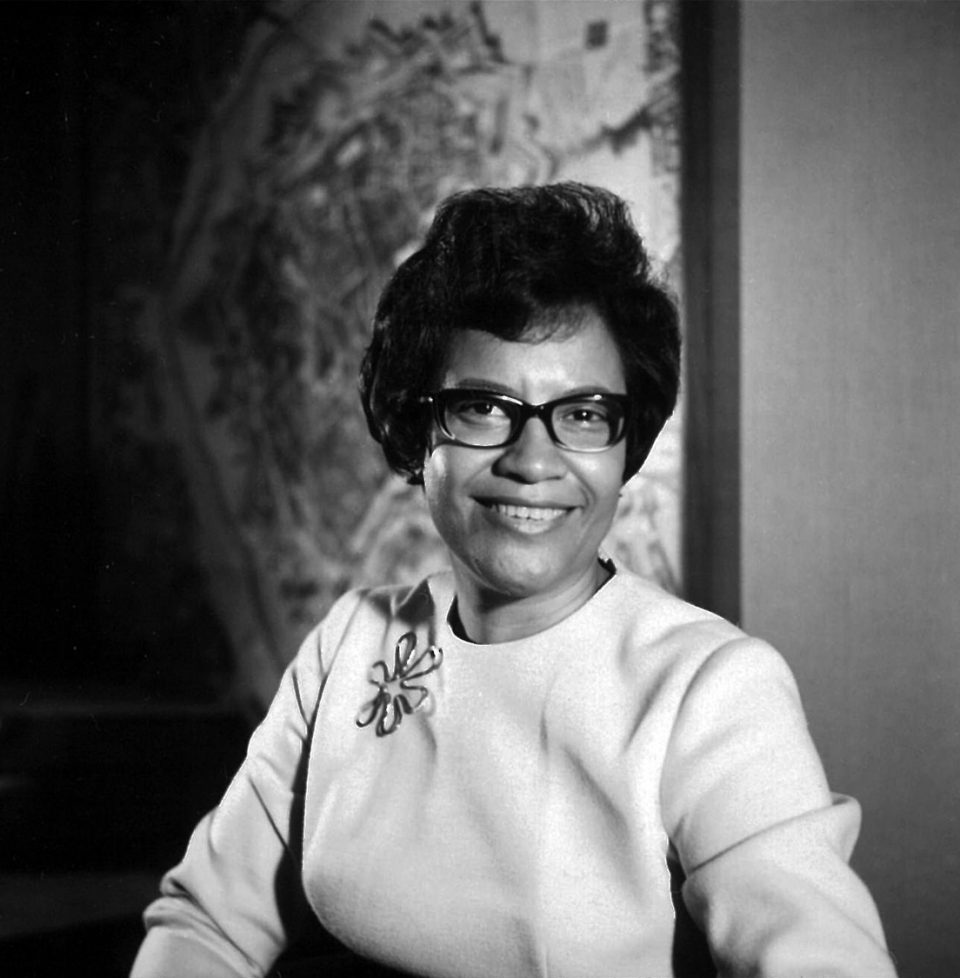
Norma Merrick Sklarek
1926–2012Norma Merrick Sklarek was a woman of firsts: She was the first Black woman to become a licensed architect in both New York (1954) and California (1962). She was also the first Black woman to become a member of the AIA in 1959, and its first Black female fellow in 1980. Having been educated at Columbia University, Sklarek built her career on leading large commercial and civic projects like the Pacific Design Center in Los Angeles (shown), The California Mart, San Bernardino City Hall, the Mall of America, the embassy of the United States in Tokyo, and Terminal One station at Los Angeles International Airport. In 1985, she cofounded her own firm, Siegel, Sklarek, and Diamond, which was the largest woman-owned architecture firm at the time.
African American Pioneers in The Mental Health Field
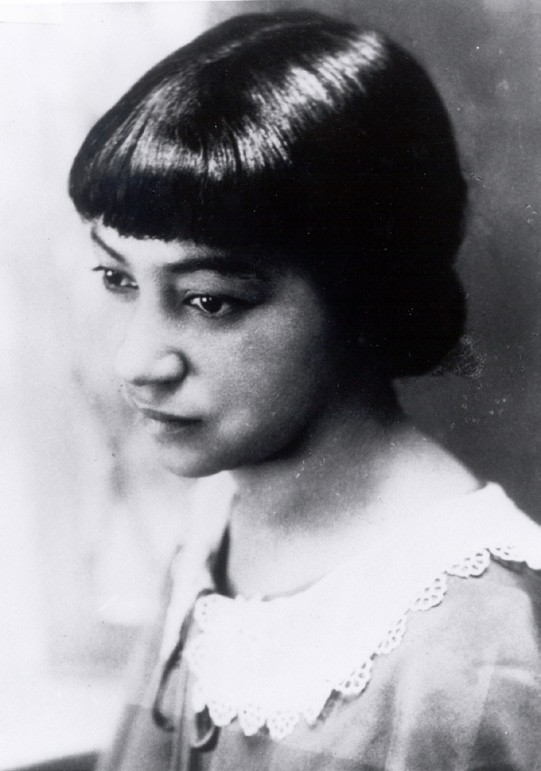
Inez Beverly Prosser, Ph.D.
Dec. 30, 1897 – Sept. 1934Dr. Inez Beverly Prosser is the first Black woman to earn a doctorate in psychology. In her youth, there were few educational opportunities for African Americans and Black individuals. Dr. Prosser started an educational fund to help her siblings attend and complete high school and college, along with herself. Despite facing the obstacles of racism and sexism, her academic achievements were quite impressive. She evaluated the effects of racism and inequality on the development of African American and Black American children’s identity and mental health in her dissertation, “The Non-Academic Development of Negro Children in Mixed and Segregated Schools.” Dr. Prosser’s research and arguments led some of the first discussions about desegregating American schools.
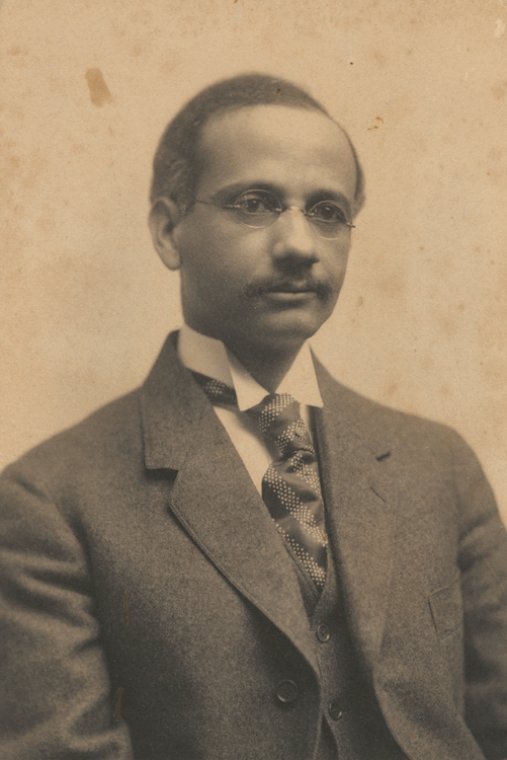
Solomon Carter Fuller, M.D.
Aug. 11, 1872 – Jan. 16, 1953Dr. Solomon Carter Fuller was an African American psychiatrist and pioneer who made significant strides and contributions to the study of Alzheimer’s disease. A graduate of Boston University School of Medicine, he spent most of his career practicing at Westborough State Mental Hospital in Massachusetts. Dr. Fuller faced discrimination in the medical field in the form of unequal salaries and underemployment, and his duties often involved performing autopsies. This was how he performed ground-breaking research while studying the physical changes of the brain due to Alzheimer’s disease. Dr. Fuller worked closely with Dr. Alois Alzheimer to discover the first traits of Alzheimer’s disease in 1901.
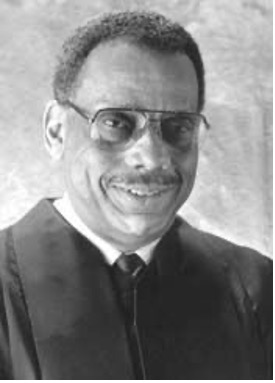
Herman George Canady, Ph. D.
Oct. 9, 1901 – Dec. 1, 1970Dr. Herman George Canady was a prominent clinical and social psychologist, credited with being the first psychologist to study the influence of rapport between an IQ proctor and the test subject. His research specifically targeted the bias in IQ testing compared to the race of the proctor. He began his education with the hope of becoming a minister, however, after graduating in 1927, he continued his behavioral science studies at Northwestern University, where he earned his Ph.D. in clinical psychology. Dr. Canady’s studies provided insights about the testing environments suitable to help Black and African American students succeed.
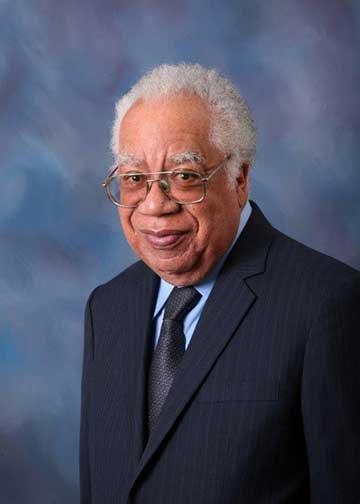
Joseph L. White, Ph.D.
Dec. 19, 1932 – Nov. 21, 2017Dr. Joseph L. White, often referred to as “the father of Black psychology,” wrote the revolutionary article called, “Toward a Black Psychology,” which was featured in Ebony magazine. He is credited for his work for being the first strengths-based analysis and evaluation of Black behavior and culture. Dr. White advocated for the creation of Black psychology, arguing that the application of white psychology on African American people developed an unfair illusion of Black inferiority. He was passionate about exposing the culturally irrelevant psychological principles being applied to Black Americans and African Americans in the mental health field. Dr. White helped found the Association of Black Psychologists and San Francisco State University’s Black Studies program in 1968.

